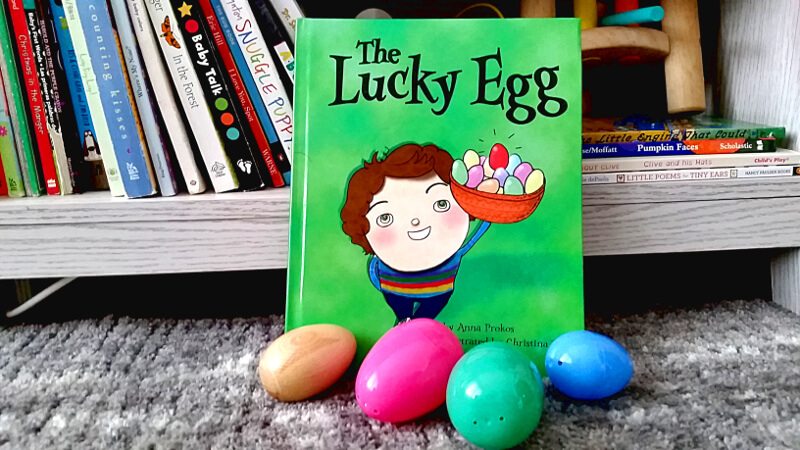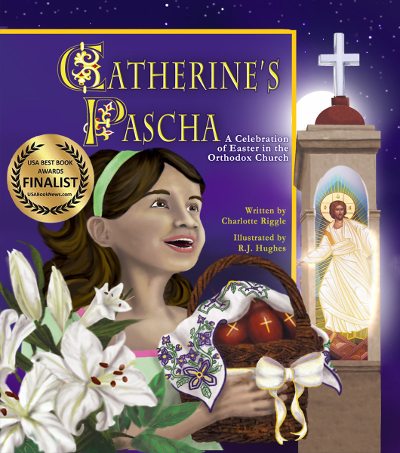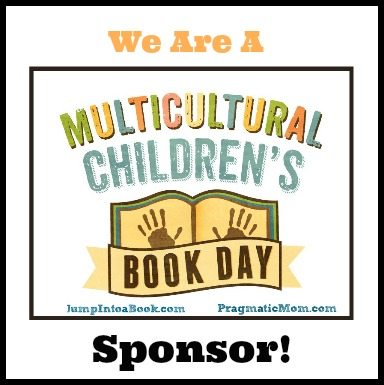When Catherine’s Pascha came out in 2015, I thought it was the only picture book there was that showed the celebration of Easter in the Orthodox Church.
Guess what? I was wrong!
In 2013, A-to-Z Publishing released The Lucky Egg. Written by Anna Prokos and illustrated by Christina Tsevis, The Lucky Egg follows a little boy named Billy as he and his family celebrate Greek Easter.
This means that, if you’re Orthodox, you can have not just one, but two books that show Orthodox families celebrating Pascha!
Would it be redundant to get both Catherine’s Pascha and The Lucky Egg? I don’t think so. The two books are very, very different.
How are the books different?
The most significant difference is that it’s about a boy. If you’ve been building a collection of multicultural Easter picture books, you’ll have noticed that if there’s a single child as the protagonist, it’s always a girl. Catherine’s Pascha, Tekla’s Easter, Emma’s Easter, Sawdust Carpets, and more. So it’s wonderful to have one where the main character is a boy. Kids need to know that the Resurrection is a feast for everyone, not just for girls.
The books look very different as well. The illustrations that R.J. Hughes created for Catherine’s Pascha are deep and luminous and detailed. The people look like real people, people you might recognize if they showed up at your parish. The more time you spend with the art, the more you see. There are symbols rich in meaning. The words of the services surround the scenes from Catherine’s parish. Churches adorn the pages. If you look close, you can see penguins, a peacock, an elephant.
Christina Tsevis’s artwork, by contrast, is playful and whimsical. The people have oversized heads, with green spiral eyes. Catherine’s Pascha is about beauty and meaning. The Lucky Egg is about family and fun.
Which is not to say that there’s no beauty in The Lucky Egg and no fun in Catherine’s Pascha. It’s a difference in emphasis.
How are the books the same?
Both Catherine’s Pascha and The Lucky Egg feature Orthodox Christian families celebrating Pascha together. The grandparents in both books help prepare the special foods to celebrate the feast.
The families in both books go to church to celebrate Pascha in the middle of the night. They carry lighted candles: Billy’s family brings decorated candles from home, and Catherine’s family get their simple beeswax candles at church. Both families shout Christ is risen! and Christos anesti! Both families have a special Easter meal after the Liturgy: Billy’s family goes home for their special meal, and Catherine’s family shares a pot luck meal at church.
And both families smash red eggs together to see who has the luckiest egg. Of course, it’s Billy and Catherine.
Read More
The complete list of multicultural Easter picture books: If you’re looking for picture books that show people celebrating the Resurrection of our Lord Jesus Christ, you’ll find them on this list. All of them. (Well, almost all.)
17 essential picture books for Orthodox Christian kids: If you’re looking for picture books that include stories about Orthodox Christian people and traditions, you’ll find them on this list.
Pascha at the Duckpond: A picture book about Lent: This fable about the way different people observe Lent is good for children and grownups alike.
Books by Charlotte Riggle
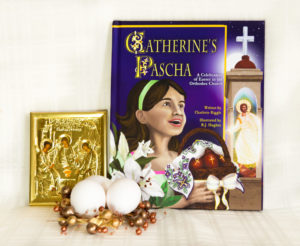
This holiday classic shares the joy of Pascha through the eyes of a child. Find it on Amazon or Bookshop.org.
![]()
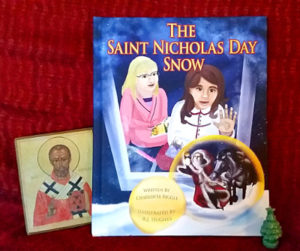
This delightful story is filled with friendship, prayer, sibling squabbles, a godparent’s story of St. Nicholas, and snow. Lots and lots of snow. Find it on Amazon or Bookshop.org.
![]()

In this collection of essays, women who are, or have been, single mothers share stories of their relationships with saints who were also single mothers. Charlotte’s story of the widow of Zarephath highlights the virtue of philoxenia. Find it on Amazon or Park End Books.


